Foundation repair is an essential process that can prevent significant damage to a building. Many homeowners don’t realize the importance of addressing foundation issues until they begin to see visible signs of damage.
Early detection and repair can save homeowners from costly structural damage in the future. The key to successful foundation repair lies in understanding the causes and the most effective methods of addressing them. Visit https://www.apexplanofoundationrepair.com/ to learn more.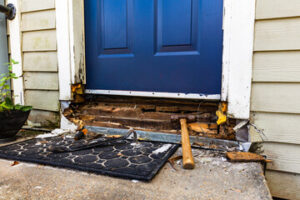
The foundation of any building is designed to provide stability and support for the entire structure. Over time, however, various factors can lead to foundation problems, such as soil movement, poor construction practices, or environmental changes. One of the most common causes of foundation issues is soil settlement, which occurs when the ground beneath the foundation shifts due to moisture changes. This shifting can lead to cracks in the walls and floors, doors and windows that no longer close properly, and other visible signs of distress.
Another significant factor contributing to foundation issues is poor drainage around the building. When water is not properly diverted away from the foundation, it can accumulate around the base of the structure, causing the soil to expand or erode. This can result in uneven settling, which can lead to significant damage to the foundation. Proper drainage systems, such as gutters, downspouts, and french drains, are critical to protecting the foundation from water-related damage.
One of the first signs that a foundation may need repair is the appearance of cracks in the walls or floors. These cracks can range from small, hairline fractures to larger, more severe splits. While some minor cracks are normal and may not indicate a serious issue, larger or widening cracks may signal underlying foundation problems. Homeowners should pay close attention to the size and location of these cracks to determine whether they require professional attention.
When foundation issues are left unchecked, the structural integrity of the entire building can be compromised. Walls may begin to bow or lean, floors may become uneven, and in extreme cases, the building may even shift or settle unevenly. This can lead to a decrease in the value of the property and pose a safety risk to the occupants. Foundation repair is crucial to maintaining the stability of the building and preserving its value.
The first step in the foundation repair process is a thorough inspection. A professional contractor will assess the extent of the damage, identify the underlying causes, and recommend the most appropriate repair methods. This inspection may involve checking for visible cracks, evaluating the soil conditions, and inspecting the drainage systems. Once the cause of the damage is identified, the contractor can provide a detailed plan for the repair process.
One common method of foundation repair is underpinning. This technique involves adding additional support to the foundation by driving piers or steel supports deep into the ground. These supports are designed to stabilize the foundation by transferring the weight of the structure to a more stable layer of soil or bedrock. Underpinning is often used when the foundation has settled unevenly or when the soil conditions have changed significantly.
Another effective method of foundation repair is slabjacking, also known as mudjacking. This process involves injecting a mixture of cement and other materials beneath the foundation to lift and level the structure. The mixture is injected under pressure, which fills any voids in the soil and raises the foundation back to its original level. Slabjacking is typically used for concrete slab foundations that have sunk or shifted over time.
In some cases, foundation repair may involve the installation of helical piers or push piers. These piers are driven deep into the ground to anchor the foundation to stable soil or bedrock. Helical piers have the added advantage of being able to support a significant amount of weight, making them suitable for more extensive foundation repairs. Push piers, on the other hand, are driven into the ground using hydraulic pressure, offering a less invasive solution for stabilizing foundations.
One of the most important factors in foundation repair is the long-term maintenance of the repaired foundation. Even after the repairs have been completed, it’s essential for homeowners to continue monitoring the condition of the foundation regularly. Small issues, such as cracks or drainage problems, should be addressed promptly to prevent further damage. Regular inspections can help catch any new issues early and prevent expensive repairs down the road.
It’s also crucial for homeowners to understand the cost of foundation repair. The price can vary depending on the extent of the damage, the type of repair needed, and the size of the structure. While foundation repairs can be expensive, they are often far less costly than the potential damage caused by neglecting the issue. Investing in foundation repair can ultimately save homeowners money by preventing more significant structural problems in the future.
When considering foundation repair, it’s important to hire a qualified and experienced contractor. The contractor should be able to provide a detailed inspection, a comprehensive repair plan, and a clear timeline for completion. Additionally, they should have a solid reputation for quality work and be licensed and insured. A professional contractor will also be able to offer a warranty for the repair work, giving homeowners peace of mind knowing that the repairs are backed by a guarantee.
The type of foundation your home has can also affect the repair process. Homes with crawl spaces may require different repair methods than homes with concrete slab foundations. For example, crawl space foundations may need to be reinforced with additional support beams, while slab foundations may require methods such as slabjacking or underpinning. Understanding the specific needs of your home’s foundation will help ensure that the repair methods used are appropriate for the situation.
In addition to repairing the foundation itself, homeowners should also address any related issues, such as poor drainage or water damage. Installing a proper drainage system around the foundation can prevent future damage and help maintain the structural integrity of the building. Landscaping changes, such as grading the soil away from the foundation, can also be an effective way to prevent water from pooling around the base of the house.
After foundation repairs are completed, homeowners should take steps to maintain the health of their foundation. This includes monitoring the soil moisture levels around the foundation, ensuring that gutters and downspouts are clear, and addressing any signs of settling or shifting early on. Regular maintenance and proactive measures can extend the life of the foundation and reduce the likelihood of future issues.
In conclusion, foundation repair is an essential part of maintaining a home’s structural integrity. While foundation issues can be alarming, timely repairs can prevent more significant damage and preserve the value of the property. Whether through underpinning, slabjacking, or the installation of piers, there are various methods available to address foundation problems. Homeowners who invest in foundation repair and maintain their property properly can avoid costly repairs down the road and ensure the longevity of their home.


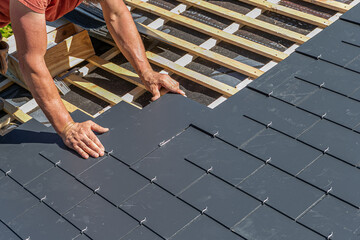
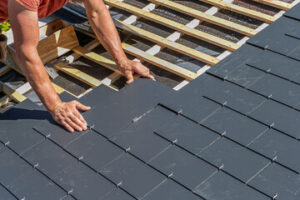
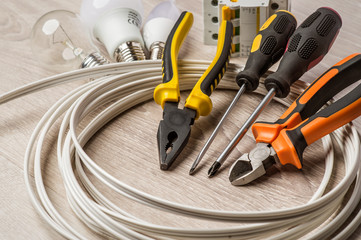

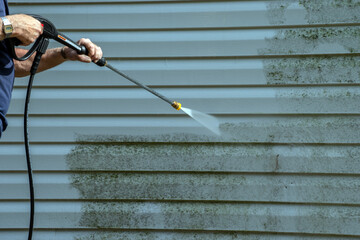
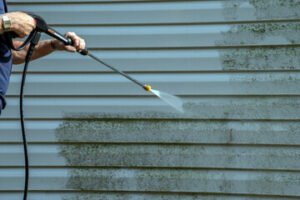 Another benefit of power washing is the removal of stains.
Another benefit of power washing is the removal of stains.